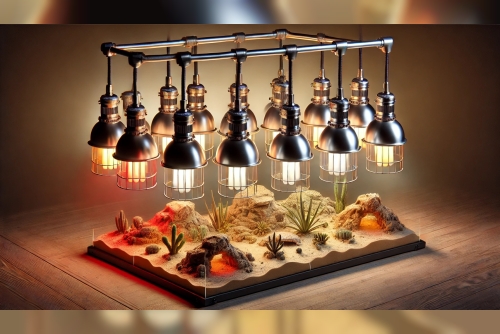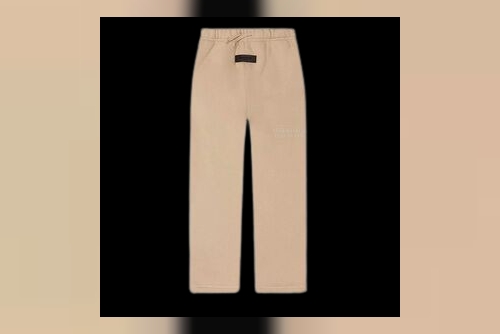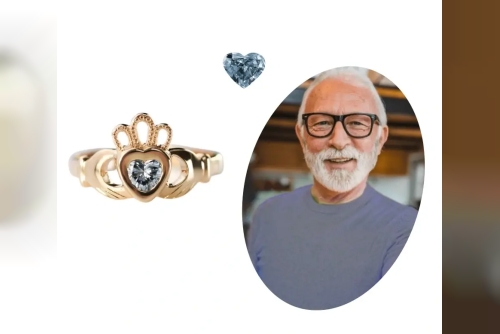Reptiles are ectothermic, meaning they rely on external heat sources to regulate their body temperature. In the wild, they bask under the sun to absorb warmth, but when kept in captivity, heat lamps play a crucial role in mimicking these natural conditions. This article explores the importance of reptile heat lamps, types of heat lamps available, how to select the right one, and tips for proper usage to ensure your reptile’s health and comfort.
1. Why Reptiles Need Heat LampsTemperature regulation is vital for the physiological processes of reptiles, such as digestion, metabolism, and immune function. Without proper heat, reptiles may suffer from health issues, including:
Metabolic Bone Disease: Caused by inadequate UVB exposure and insufficient warmth to metabolize calcium.
Digestive Problems: Reptiles need warmth to digest food properly. A lack of heat can result in food rot or regurgitation.
Weakened Immune System: Prolonged exposure to cold environments compromises immune health, making reptiles susceptible to infections.
Creating an environment with a proper temperature gradient ensures reptiles can thermoregulate by moving between warmer and cooler areas.
2. Types of Reptile Heat LampsSeveral types of heat lamps are available to cater to different reptile species and habitat needs. Each type offers unique benefits depending on the temperature requirements and the reptile's behavior.
1. Incandescent Heat LampsPurpose: Provides both heat and visible light, simulating daylight conditions.
Best For: Diurnal reptiles like bearded dragons and iguanas.
Advantages: Easy to install, affordable, and effective for creating a basking spot.
Considerations: Not energy-efficient and may need frequent replacement.
2. Ceramic Heat Emitters (CHE)Purpose: Provides heat without emitting any light, ideal for maintaining warmth at night.
Best For: Nocturnal species like geckos and ball pythons.
Advantages: Long-lasting and effective in maintaining ambient temperatures.
Considerations: Requires a compatible lamp fixture that can handle the heat.
3. Halogen Heat LampsPurpose: Provides intense heat and light, suitable for larger enclosures.
Best For: Larger reptiles such as monitors or tortoises.
Advantages: More energy-efficient than traditional incandescent bulbs.
Considerations: Can become very hot, so it requires careful placement.
4. Mercury Vapor Bulbs (MVB)Purpose: Combines heat, UVA, and UVB radiation in a single lamp.
Best For: Reptiles that need both basking heat and UVB exposure, such as bearded dragons.
Advantages: Convenient, as it eliminates the need for separate UVB bulbs.
Considerations: May not be suitable for smaller enclosures due to high heat output.
3. How to Choose the Right Heat Lamp for Your ReptileSelecting the right heat lamp involves considering the reptile’s species, size, and enclosure setup. Here are some key factors to guide your choice:
Species-Specific Needs: Some reptiles need high-intensity heat and UVB, while others only require moderate warmth.
Day vs. Night Requirements: Nocturnal reptiles need warmth without light at night; ceramic heat emitters are ideal for this.
Enclosure Size: Large enclosures may need multiple heat sources to maintain a proper temperature gradient.
Safety Considerations: Ensure the lamp fixture is compatible with the heat bulb to prevent overheating or damage.
4. Setting Up and Using Heat Lamps ProperlyCorrect installation and usage of heat lamps are essential to ensure your reptile receives the appropriate amount of heat. Here are some tips to help you get started:
Position the Lamp for a Gradient: Place the heat lamp on one side of the enclosure to create a temperature gradient, allowing the reptile to move between warmer and cooler areas.
Monitor Temperatures: Use thermometers to track temperatures in the basking and cool zones to ensure they meet the specific needs of your reptile.
Use a Timer: Set a timer to replicate natural day-night cycles. Many reptiles need 10-14 hours of heat and light during the day, with cooler conditions at night.
Avoid Overheating: Prevent overheating by placing the lamp at an appropriate height and using fixtures with ceramic sockets for high-wattage bulbs.
5. Safety and Maintenance TipsHeat lamps need regular maintenance to ensure they remain safe and effective. Follow these tips to keep your reptile's habitat in top condition:
Inspect Bulbs Regularly: Check for signs of wear or burnout and replace bulbs as needed.
Use a Protective Cover: Install a mesh guard to prevent your reptile from coming into direct contact with the lamp.
Avoid Water Exposure: Keep the lamp away from water sources to prevent electrical hazards.
Check for Fixture Compatibility: Always use heat bulbs with lamp fixtures rated for the appropriate wattage to avoid overheating.
6. Popular Brands for Reptile Heat LampsSeveral reputable brands offer high-quality reptile heat lamps and reptile lighting supplies that ensure the health and comfort of your pet:
Zoo Med: Known for its range of heat lamps, ceramic emitters, and mercury vapor bulbs designed for reptiles of all sizes.
Exo Terra: Offers halogen and infrared heat bulbs, perfect for creating basking spots.
Fluker's: Specializes in incandescent and ceramic heat emitters suitable for various reptile enclosures.
7. ConclusionReptile heat lamps are essential tools for maintaining the health and well-being of your cold-blooded pets. Providing the right temperature gradient ensures that your reptiles can regulate their body temperature and thrive in captivity. Whether you own a bearded dragon, gecko, or tortoise, selecting the appropriate heat lamp—such as an incandescent bulb, ceramic heat emitter, or mercury vapor bulb—is key to their care.
By setting up heat lamps correctly, monitoring temperatures, and following safety measures, you create a comfortable and safe habitat for your reptile. With brands like Zoo Med and Exo Terra offering reliable options, you can confidently meet the heating needs of your scaly companions and help them live long, healthy lives.









 NSE 7 - FortiSASE 25 Enterprise Administrator NSE7_SSE_AD-25 Dumps
NSE 7 - FortiSASE 25 Enterprise Administrator NSE7_SSE_AD-25 Dumps


